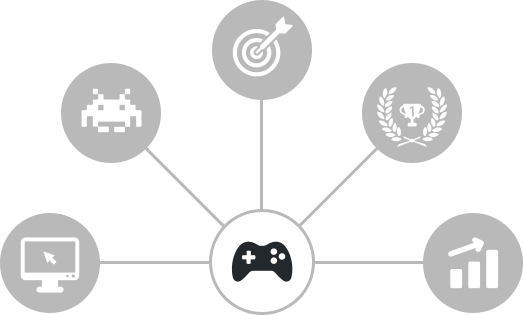Gamification involves combining the mechanics of video games with education and speeds up the learning process, at the same time improving the recall of learned information.
But is learning this way actually effective?
Every one of us possesses certain skills we develop over the years by training, exercising and educating ourselves. Although the skills in question may be crucial, learning them can get tiresome. Some things just have to be experienced. People relied on personal experience as a source of knowledge since the dawn of civilization. Lecture rooms and tutorials pushed us away from acquiring hands-on experience motivated by the nature of our needs at the time. Gamification provides a new way of learning things through experience, playing games and having fun.





